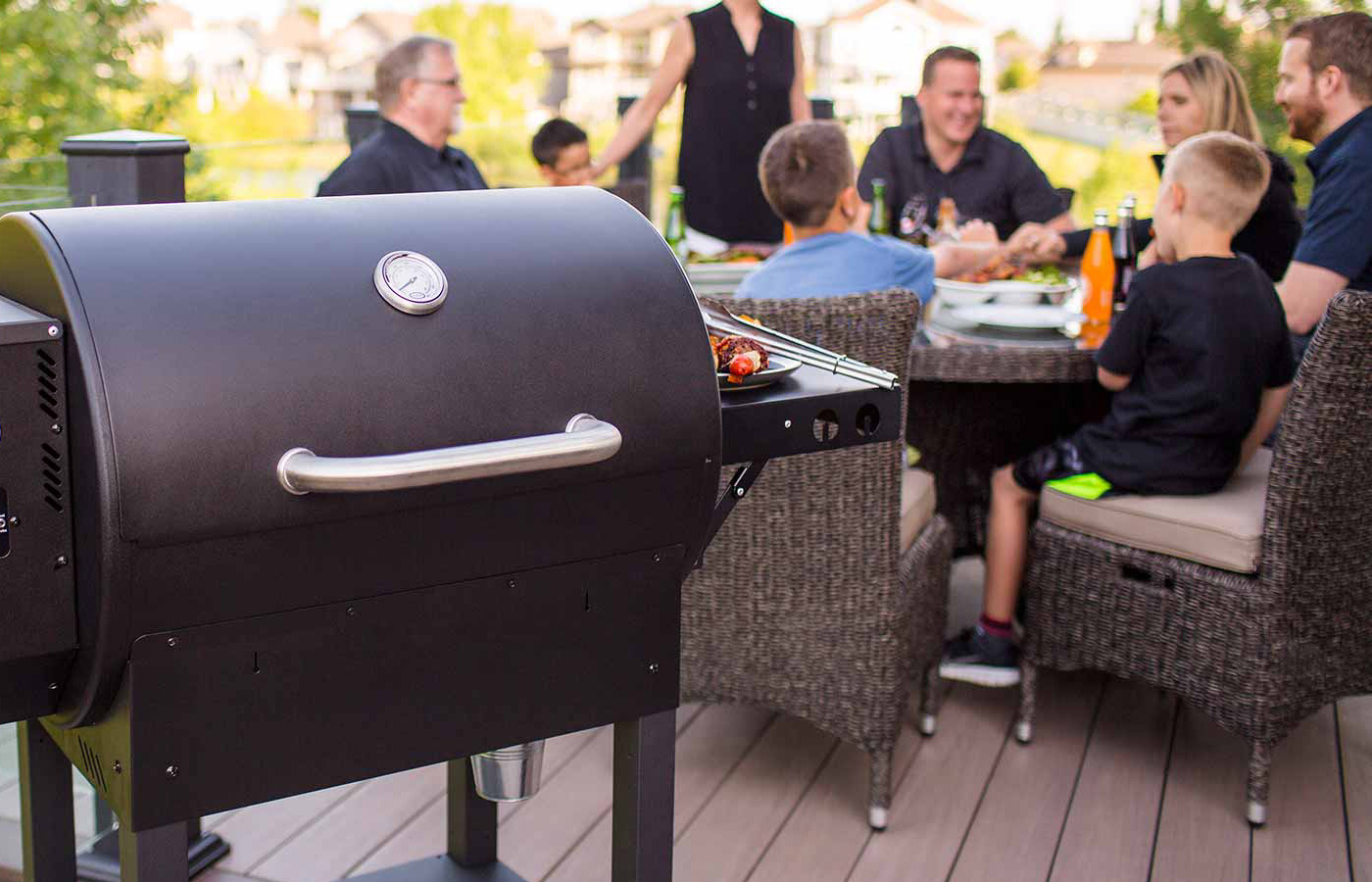There is no best barbecue, any more than there is a best song or a best painting. But, there are a few barbecue items, such as grilled meat on a stick, that are globally popular. Whether they are called kebabs, satay, yakitori, alambre, Chuan or skewers, their popularity is undeniable.
The names reflect more the area of the world they come from, and, in some cases, what meat is on the stick.
The kebab, itself, has many spellings, but, as Wikipedia explains, is Middle Eastern. They are often called shish kebabs – derived from the Turkish şiş, meaning a spit or skewer, and kebab, mutton or lamb. Though, as these went global the meats used varied.
Satay is southeast Asian in origin and is originally an Indonesian term (and their national dish). “These are grilled or barbecued over a wood or charcoal fire, then served with various spicy seasonings. Satay can be served in various sauces; however, most often they are served in a combination of soy and peanut sauce. Hence, peanut sauce is often called satay sauce.” Wikipedia states.
Yakitori, the Japanese favorite – literally means grilled bird, hence they are chicken and cooked over charcoal generally.
“As they are designed for convenience and portability, yakitori are typically cooked using step-by-step methods. Traditionally, it was accomplished using portable charcoal grills. That is the method most often employed by yatai, however, restaurants may use stationary grills and, depending on the situation, higher quality binchōtan charcoal,” we are told.
Alambre is the Mexican version of kebabs. The word alambre literally means “wire” in Spanish. It is commonly believed that the name refers to the act of skewering the ingredients while cooking. Popular throughout Mexico, alambre is also a favorite of Mexican-Americans.
China has their own version of cooked meat on a stick. Actually the street vendors in China sell virtually anything cooked on a stick including insects, bats and dog! They are called chuan or kawap and come from the small Chinese Islamic population who may have brought it from the Middle East.
In certain parts of the United States, they are simply called skewers. The word may sometimes be used as a metonym, to refer to the entire food item served on a skewer, as in “chicken skewers”. Whoever first placed meat on a stick and put it on a fire should be honored. Skewered meat can be manipulated in so many ways including the spice and sauces used, method of cooking – whether grilled or smoked, and even what is used as the skewer.
Here are a couple of Pit Boss Grills’ recipes for skewered food.
Grilling things on a stick is not limited to meat. For those vegans who have read this far there are Smoked Elote Skewers.
“Kebabs are a delicious grilling option, and they’re both versatile and easy to cook. There are a few tips for grilling your kebabs to their fullest, most tasty potential, such as keeping different types of meat separate because of their required internal temperatures, as well as separating meats from vegetables because of their completely different cooking times. Soaking your kebab skewers in water ahead of time, however, is a simple hack with a big payoff,” Tasting Table points out.
If you are using wooden skewers, soaking them in water for at least 30 minutes ahead of cooking will prevent them from burning on the grill. Although grilling kebabs is fairly straightforward, if your skewers catch fire, they’ll subsequently burn whatever is on them. Even if they avoid catching fire, dry skewers can still burn and transfer that sooty, off-putting flavor to whatever you plan on eating. Soaking them in water is an easy, and quick task that will ensure the only thing being cooked is your food.
.



